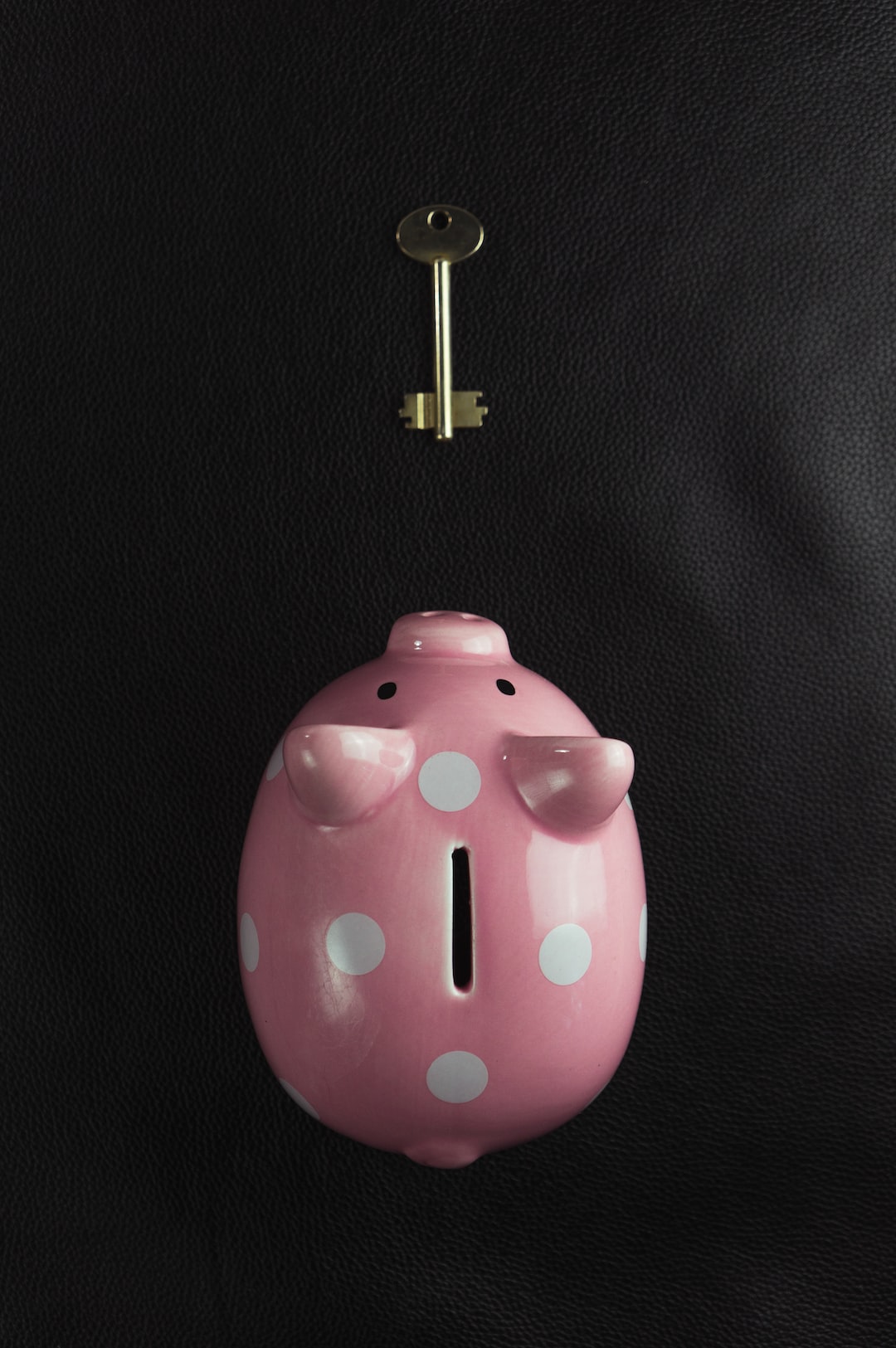The foreign exchange market, commonly referred to as Forex, is the largest and most liquid financial market in the world. It is a decentralized market where currencies are traded 24/7, with trillions of dollars in daily trading volume.
The goal of Forex trading is to make a profit by buying and selling different currencies. However, to execute successful trades, traders need to understand how to enter and exit orders. In this article, we will explain how to order and exit orders on Forex.
How to Order on Forex
An order is an instruction given by a trader to a broker to buy or sell a currency pair at a specific price. There are several types of orders in Forex trading, including the market order, limit order, stop order, and trailing stop order.
A market order is the simplest type of order, where a trader instructs the broker to buy or sell a currency pair at the current market price. To place a market order, a trader needs to follow these steps:
Step 1: Select the currency pair to trade
The first step is to select the currency pair the trader wants to trade. Forex trading involves buying one currency and selling another. A trader should choose a pair that they believe will increase in value.
Step 2: Determine the lot size
The lot size is the amount of currency a trader wants to buy or sell. The standard lot size in Forex is 100,000 units of the base currency. However, traders can also trade in mini lots (10,000 units) or micro-lots (1,000 units).
Step 3: Choose the order type
The trader needs to choose the order type. In this case, it is a market order.
Step 4: Set the stop-loss and take-profit levels
The stop-loss and take-profit levels are used to manage risk and maximize profits. The stop-loss level is the price at which the trade will be automatically closed if the market moves against the trader. The take-profit level is the price at which the trade will be closed to take profits.
Step 5: Place the order
Once the trader has determined the lot size, order type, and stop-loss and take-profit levels, they can place the order with their broker.
How to Exit an Order on Forex
Exiting an order is just as important as entering an order. Traders need to know when to close a position to take profits or minimize losses. There are several ways to exit an order in Forex trading, including the take-profit order, stop-loss order, and trailing stop order.
Take-profit order
A take-profit order is an instruction given by a trader to a broker to close a trade when the price reaches a specific level. The take-profit level is set above the current market price when going long and below the current market price when going short.
To set a take-profit order, a trader needs to follow these steps:
Step 1: Select the open position
The trader needs to select the open position they want to close.
Step 2: Choose the order type
The trader needs to choose the order type, in this case, a take-profit order.
Step 3: Set the take-profit level
The trader needs to set the take-profit level. This level should be based on the trader’s analysis and trading strategy.
Step 4: Place the order
Once the trader has set the take-profit level, they can place the order with their broker.
Stop-loss order
A stop-loss order is an instruction given by a trader to a broker to close a trade when the price reaches a specific level. The stop-loss level is set below the current market price when going long and above the current market price when going short.
To set a stop-loss order, a trader needs to follow these steps:
Step 1: Select the open position
The trader needs to select the open position they want to close.
Step 2: Choose the order type
The trader needs to choose the order type, in this case, a stop-loss order.
Step 3: Set the stop-loss level
The trader needs to set the stop-loss level. This level should be based on the trader’s analysis and risk management strategy.
Step 4: Place the order
Once the trader has set the stop-loss level, they can place the order with their broker.
Trailing stop order
A trailing stop order is an instruction given by a trader to a broker to close a trade when the price moves in the direction of the trade. The stop-loss level is adjusted automatically as the price moves in the trader’s favor.
To set a trailing stop order, a trader needs to follow these steps:
Step 1: Select the open position
The trader needs to select the open position they want to close.
Step 2: Choose the order type
The trader needs to choose the order type, in this case, a trailing stop order.
Step 3: Set the trailing stop distance
The trader needs to set the trailing stop distance. This is the number of pips the stop-loss level will trail the current market price.
Step 4: Place the order
Once the trader has set the trailing stop distance, they can place the order with their broker.
Conclusion
Ordering and exiting orders on Forex is an essential part of trading. Traders need to understand the different types of orders and how to use them effectively to make profitable trades. By following the steps outlined in this article, traders can confidently enter and exit trades on Forex. It is important to remember that Forex trading involves risk, and traders should always use proper risk management strategies when placing orders.





